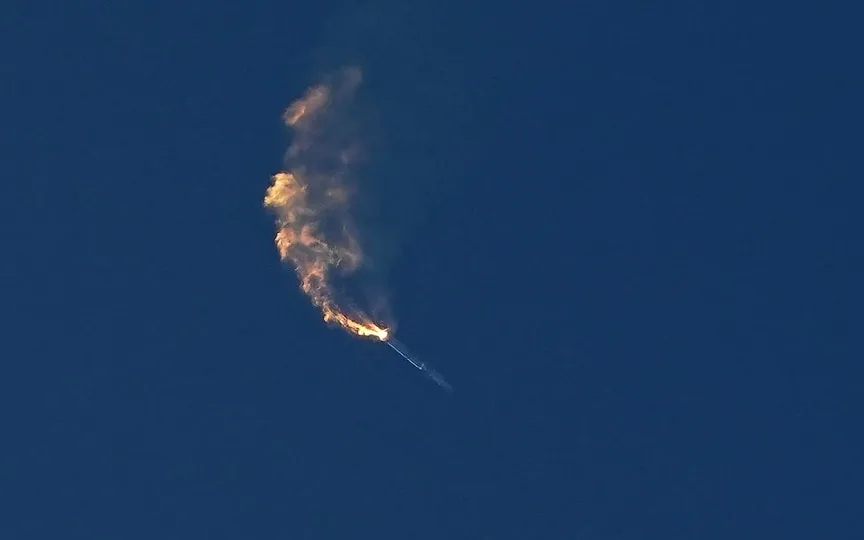Investigation into SpaceX Starship Explosion Halts Launch Plans
Regulators announced on Friday that SpaceX’s Starship, which holds the title of being the most potent rocket ever constructed, will have to stay inactive until Elon Musk’s company successfully addresses numerous corrective measures. These actions are necessary to avoid a recurrence of the remarkable explosion that marred its initial orbital test flight.
The 63 steps include “redesigning the vehicle’s hardware to prevent leaks and fires, redesigning the launch pad to increase its durability,” additional testing of safety systems and more, the Federal Aviation Administration (FAA) said in a statement a month later. long review.
SpaceX detonated the unmanned rocket four minutes after it blasted off at the carrier’s Boca Chica, Texas, base on April 20. The Starship experienced multiple engine failures and its first stage booster was indistinguishable from the spacecraft above it.
The rocket disintegrated into a fireball that plunged into the Gulf of Mexico, while a cloud of dust hovered over the small town several miles away.
Musk immediately congratulated his SpaceX team on the “exciting” test launch, declaring it a success because the company gained valuable information about what went wrong.
However, the FAA quickly launched an investigation, while conservation groups said they would sue the regulator for not doing enough to protect the environment, as vital habitat for protected species is nearby.
Although the investigation is now complete, “the conclusion of the accident investigation does not mean the immediate resumption of Starship launches at Boca Chica,” the agency said.
“SpaceX must take any corrective actions that affect public safety and apply for and obtain from the FAA a license modification covering all safety, environmental and other applicable regulatory requirements prior to the next Starship launch,” it added.
The new Starship is currently ready on the launch pad, according to promotional material posted by SpaceX on X, formerly known as Twitter.
In a statement, the company reiterated its position that the first test “was a critical step in advancing the capabilities of the most efficient launch system ever” and “offers numerous lessons that will directly impact several upgrades to the vehicle.” and ground structures.
The Starship, which stands 394 feet (120 meters) tall, produces 16.7 million pounds (74.3 meganewtons) of thrust, more than double that of the Saturn V rockets used to send the Apollo astronauts to the Moon.
SpaceX envisions it as a next-generation, fully reusable spacecraft that will eventually carry both crew and cargo to Mars. NASA has agreed on a version of the Starship that will serve as a lander for its Artemis program, which aims to return astronauts to the Moon by the middle of this decade.




